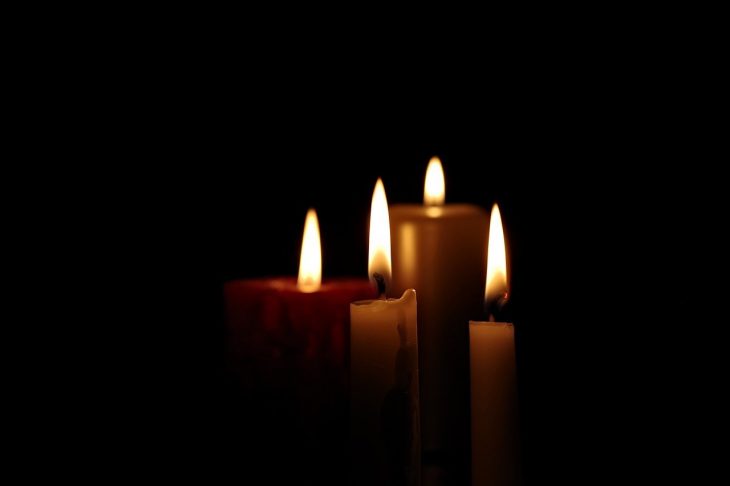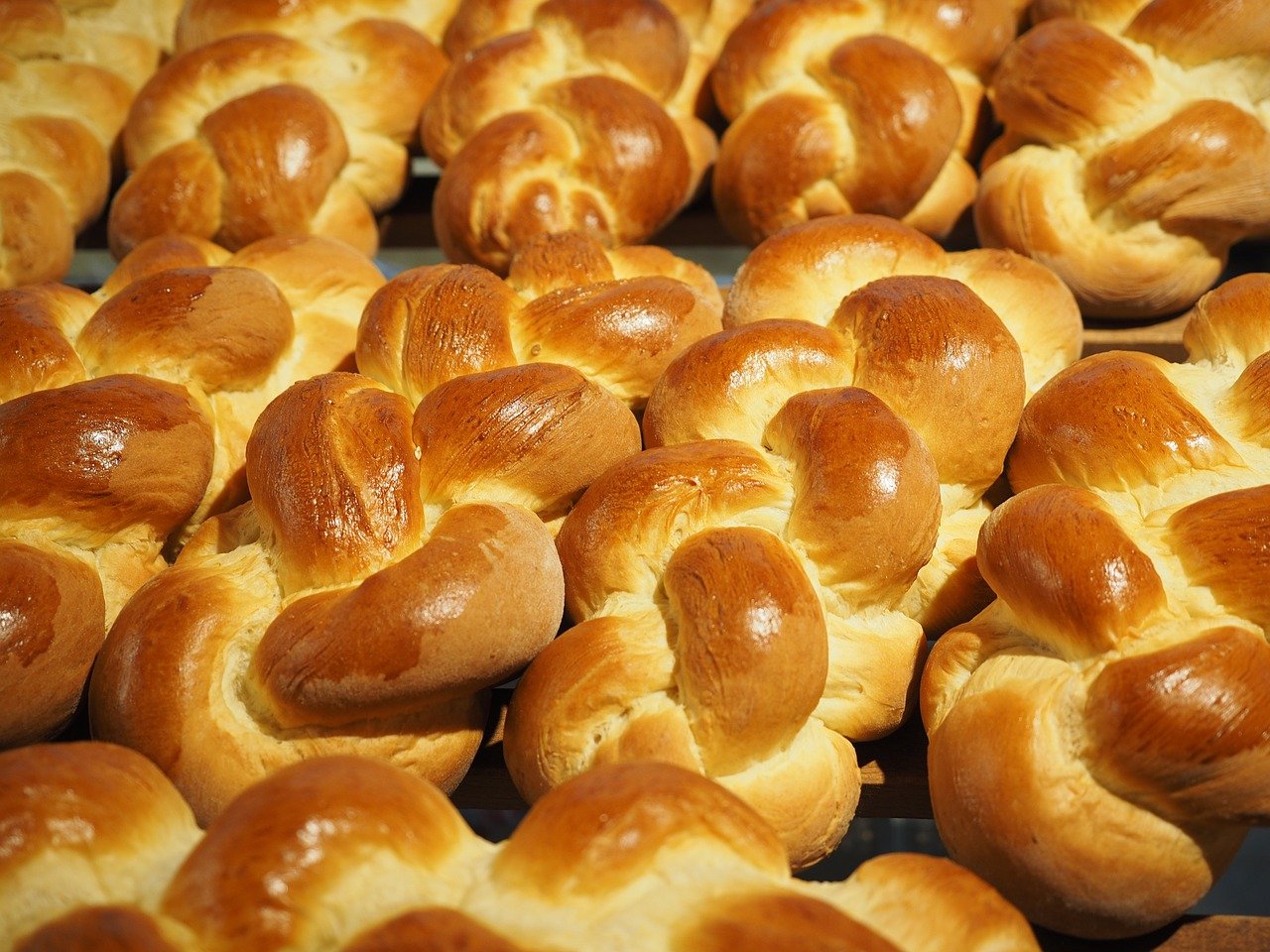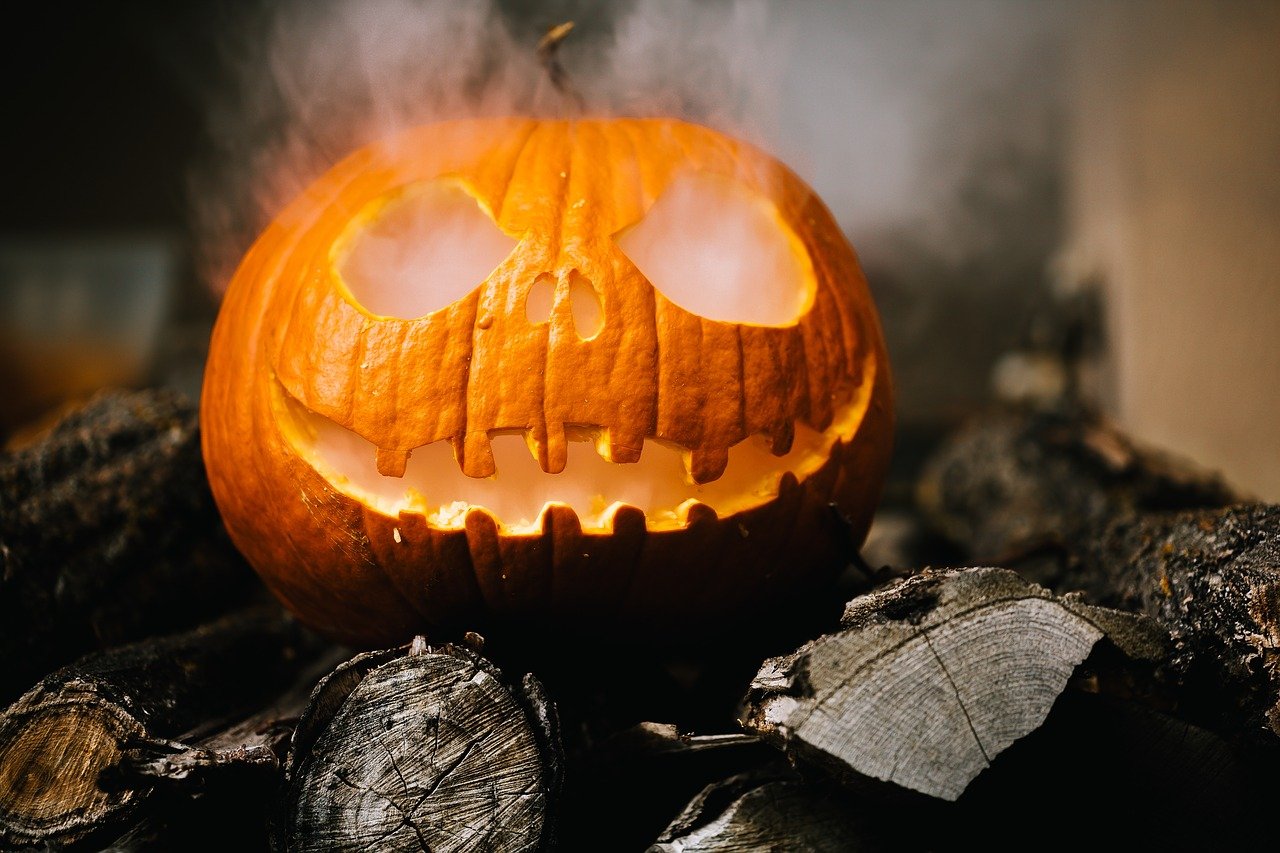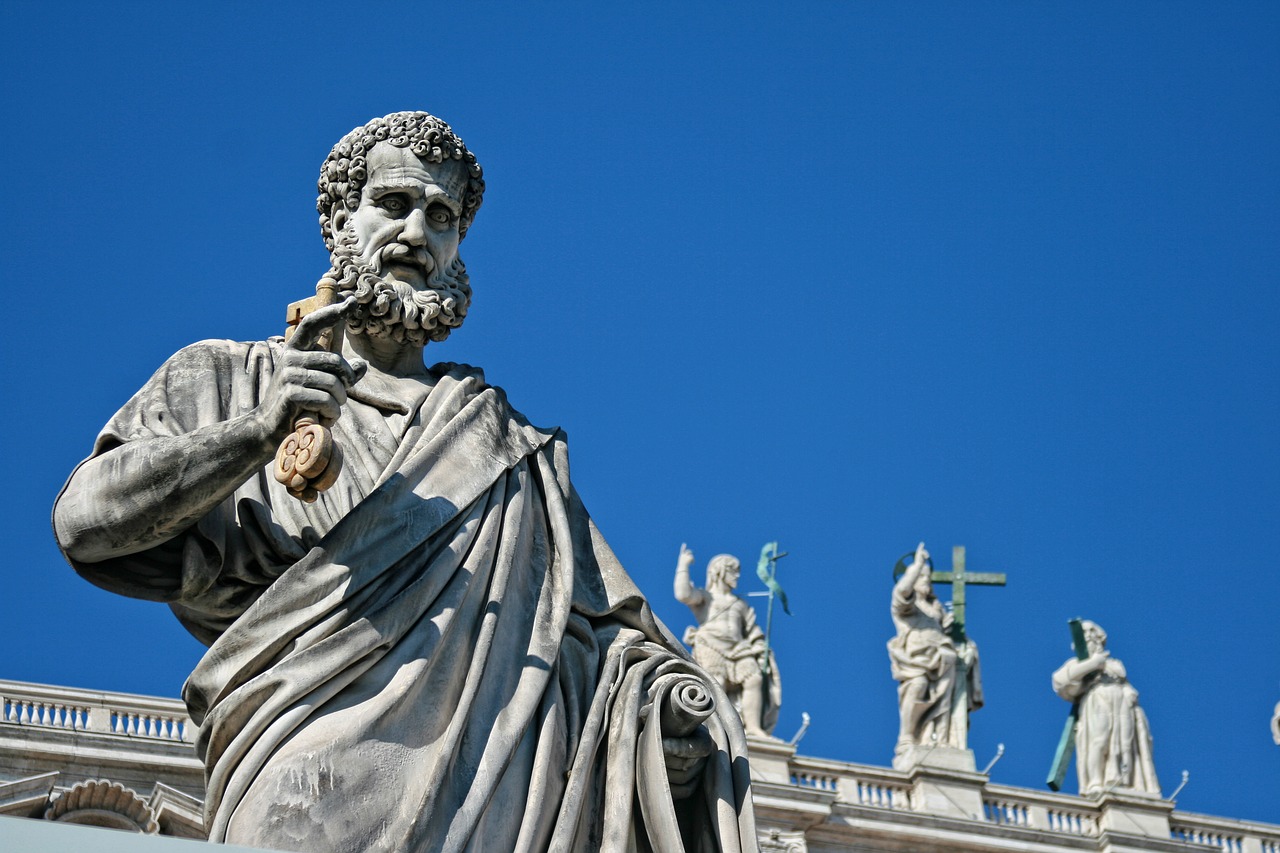
To most Catholic countries, All Saints Day serves as a day to commemorate the martyrdom of the saints in Heaven. Aside from its religious roots, All Saints’ day also provides serves as an important part of culture with the way it brings people together. While the tradition of All Saints Day goes back to the 4th century, it continues to be practiced today. Find out more about the essence of this holiday with these facts about All Saints’ Day.
- People observe All Saints Day on November 1st.
- Catholics and other Christian denominations annually practice All Souls Day every November 2.
- Around 300 AD, several places started honoring all Christian martyrs towards Easter and Pentecost.
- In 800 AD, numerous churches in the British Isles started holding the commemoration of all saints on November 1.
- All Saints day became widespread in 900 AD.
- You may also know All Saints’ Day as ‘All Hallows’ Day’ or simply ‘Hallowmas.’
- All Saints Day celebrates the Feast of All Saints.
- Catholic churches usually hold masses during All Saints day.
- Catholics and other denominations tend to visit cemeteries during this time and pray for the dead.
- This holiday aims to remember many saints at once.
- All Saints’ Day is a catholic solemnity that honors all saints, including the unknown.
- Hallowmas is an old English term for All Saints’ Day which translates to “holy person.”
- Over time, the famous Halloween tradition started to emerge. Halloween is also known as All Saints’ Eve or All Hallows’ Eve.
- The Halloween celebration was adopted in many countries and done every October 31st.
- Meanwhile, All Souls Day remembers all the faithful departed.
- White serves as the liturgical color of All Saints’ Day for Western Catholics.
- Meanwhile, the Eastern Catholics use green as All Saints’ Day’s liturgical color.
- On this day, it is customary to attend church services, pray for the dead, and visit cemeteries.
- Día de Muertos or Día de Los Muertos is a Mexican holiday that’s associated with the Catholic’s All Saints Day.
- Totensonntag or Totenfest is a Dutch Protestant and Northern German religious holiday commemorating the dead.
Some churches celebrate All Saints' Day on the first Sunday after Pentecost.
Churches such as Eastern Orthodox Churches, Catholic Churches, and Protestant Churches consider All Saints’ Day as a religious holiday. Although most people observe All Saints’ Day on November 1st, others celebrate it on the first Sunday after the Biblical Pentecost.
The possible origin of All Saints' Day traces back to the 4th century.
During the 4th century, the Greek Christians had a tradition of celebrating feasts and festivals. All these celebrations pay homage to the martyrs and saints. Normally, the Ancient Greeks held these festivities on the following Sunday after the Pentecost.
All Saints' Day was exclusive in Rome until 837 A.D.
In 837 A.D., Pope Gregory IV officially declared the observance of All Saints’ Day every 1st of November. This immediately spread and became a practice in the Catholic Church across the globe.
Some Mexicans celebrate All Saints' Day for almost a week.
In Mexico, locals celebrate All Saints Day as Dia de los Muertos or the Day of the Dead. For two days, they celebrate this holiday in memory of those who passed away. Some may celebrate it as early as October 28th until November 2nd.
On this celebration, people sell candies and toys that symbolize death such as coffins and skeletons. Typically lively rather than solemn, the holiday’s festivities also includes carnivals, dances, and parades.

November 1st and 2nd are special non-working holidays in the Philippines.
In the Philippines, most people visit their loved ones in cemeteries during November 1st and 2nd. Families come together to visit their loved ones who had passed away and bring flowers, light candles, as well as offering prayers to the departed in a picnic-like environment.
The Church of the East observes All Saints Day on the first Friday after Easter.
Typically, members of the Eastern Catholic Church observe All Saints Day on the first Friday after Easter. Also known as the Nestorian Church and the Persian Church, the Church of the East came from the East Syriac from Mesopotamia.
King Frederick William III led 'Totensonntag' or 'Sunday of the Dead.'
Ruling Prussia from 1797 to 1840, King Frederick William III first ordered his officials to decree a holiday that honored the dead. With that, he mandated all Lutheran churches under the Persian government to observe the last Sunday before Advent as a time to celebrate and honor the dead. From there, Germany and other Lutheran churches followed the custom as well.
German and Austrian children usually receive trietzel during All Saints Day.
In Germany and Austria, godchildren usually receive Allerheiligenstriezel from their godparents on this holiday. Also known as a strietzel, this braided yeast pastry comes with raisins, salt, and poppy seeds or decorating sugar. In English, Allerheiligenstriezel literally translates to “All Saints’ braid.”

The Portugese make soul cake during this season.
Among many traditional All Saints’ Day dishes, Portugal’s pastry of choice is the soul cake. Also known as soulmass-cake, this dessert is usually made during Halloween, All Saints Day, and All Souls Day for sharing within families.
Church members go to their priest and have the soul cake blessed.
Traditionally, Catholics and Lutherans go to their priest to bless their soul cake. This is a common practice before giving or distributing the soul cake to the children. In return, children are encouraged to pray for the souls of the dead relatives from the giver during All Saints Day and All Souls Day. Furthermore, leftover soul cakes are either shared among the family or given to the poor.
All Saints Day honors all those who have achieved beatific vision.
According to Catholic theology, All Saints Day honors all those who have achieved beatific vision in Heaven. Based upon the faith, a beatific vision describes an experience where God reveals himself to man, giving them the the capability to witness God in His heavenly glory. Saint Thomas Aquinas described the beatific vision as the person’s “final end” in which one attains to perfect happiness.
Some families light candles in front of their houses for All Saints' Day.
For those unable to go to cemeteries and light candles there, families will usually light candles at the front door of their house. The number of candles in front of the house represents each of their loved ones who passed away. Through this practice, some believe that their loved ones who passed will find a happy path towards the afterlife.
Halloween is celebrated in the U.S. every October 31st.
Numerous Catholic churches in the United States observe All Saints Day. However, compared to other countries, the US places value on Halloween more than these religious holidays.

The New Orleans Saints was established on November 1, 1967.
Inspired by the dominant Catholic population in New Orleans, the American football team New Orleans Saints was born. More interestingly, John W. Mecom Jr. and David Dixon founded the team exactly on All Saints Day of 1967.
Peter, Francis, Paul, and Dominic are among the most recognized saints today.
Most of these saints experienced great transformations because of their faith. For one, St. Peter was a mere fisherman who later became the head of the Church. St. Francis of Assisi organized the Order of Friars Minor named Franciscans. Meanwhile, St. Paul of Tarsus persecuted Christians before he became a preacher of the Good News. Finally, St. Dominic founded the Order of Preachers known as Dominicans.

All Saints Day is for the saints in Heaven.
According to the Catholic faith, the main difference between All Souls Day and All Saints Day is that ‘All Souls Day’ remembers the church penitent of souls in purgatory. Meanwhile, ‘All Saints Day’ commemorates the church triumphant of saints in Heaven.
Purgatory is an interim state after death.
According to the Catholic Church, purgatory is an interim state and realm after one’s physical death for expiatory purification. Catholics believe that all who die and are not yet holy need to undergo the process of purification, which the Church calls purgatory. Once holiness is achieved, you may finally enter the joy of heaven. Thus, All Souls Day also aims to help the souls in purgatory reach their final destination.
Most Christians relatively accept All Saints Day.
Although most Christians accept All Saints Day, there is a huge division when it comes to All Souls Day. Unlike Catholicism, some Christian denominations would argue that there is only heaven and hell after death, and no purgatory.
All Saints Day is a national holiday in Guatemala.
During this day, people in the country prepare a special dish called Fiambre, which is a traditional Guatemalan salad. It is also common for Guatemalans to visit cemeteries and offer some of the Fiambre to their dead relatives, flying kites to “reconnect” the dead with the living.
Was this page helpful?
Our commitment to delivering trustworthy and engaging content is at the heart of what we do. Each fact on our site is contributed by real users like you, bringing a wealth of diverse insights and information. To ensure the highest standards of accuracy and reliability, our dedicated editors meticulously review each submission. This process guarantees that the facts we share are not only fascinating but also credible. Trust in our commitment to quality and authenticity as you explore and learn with us.
